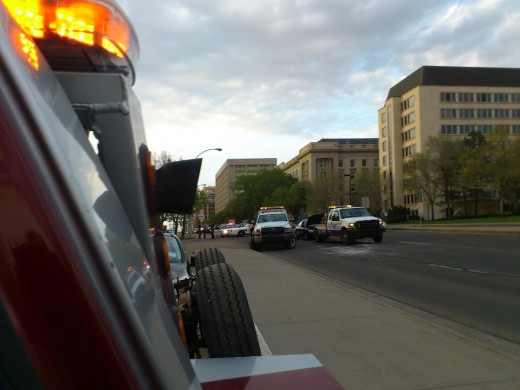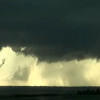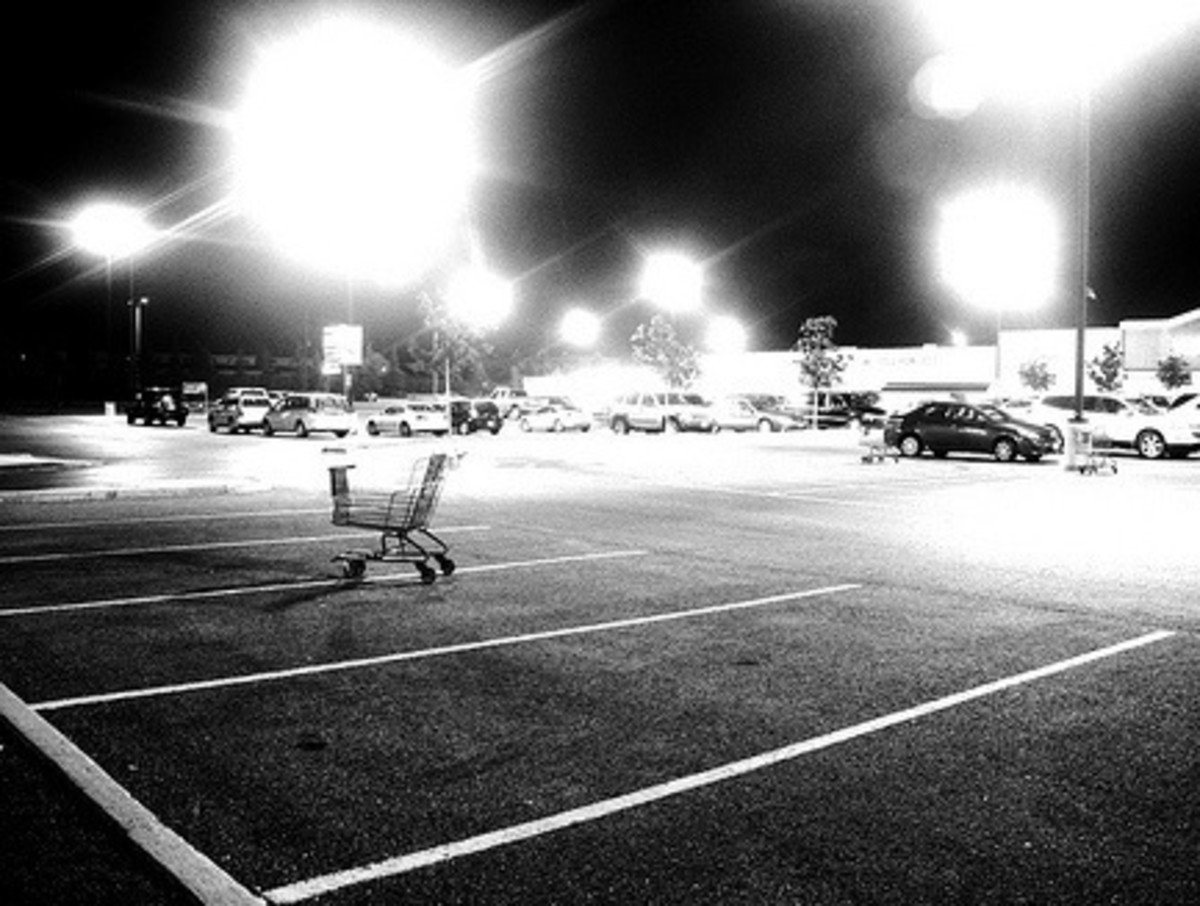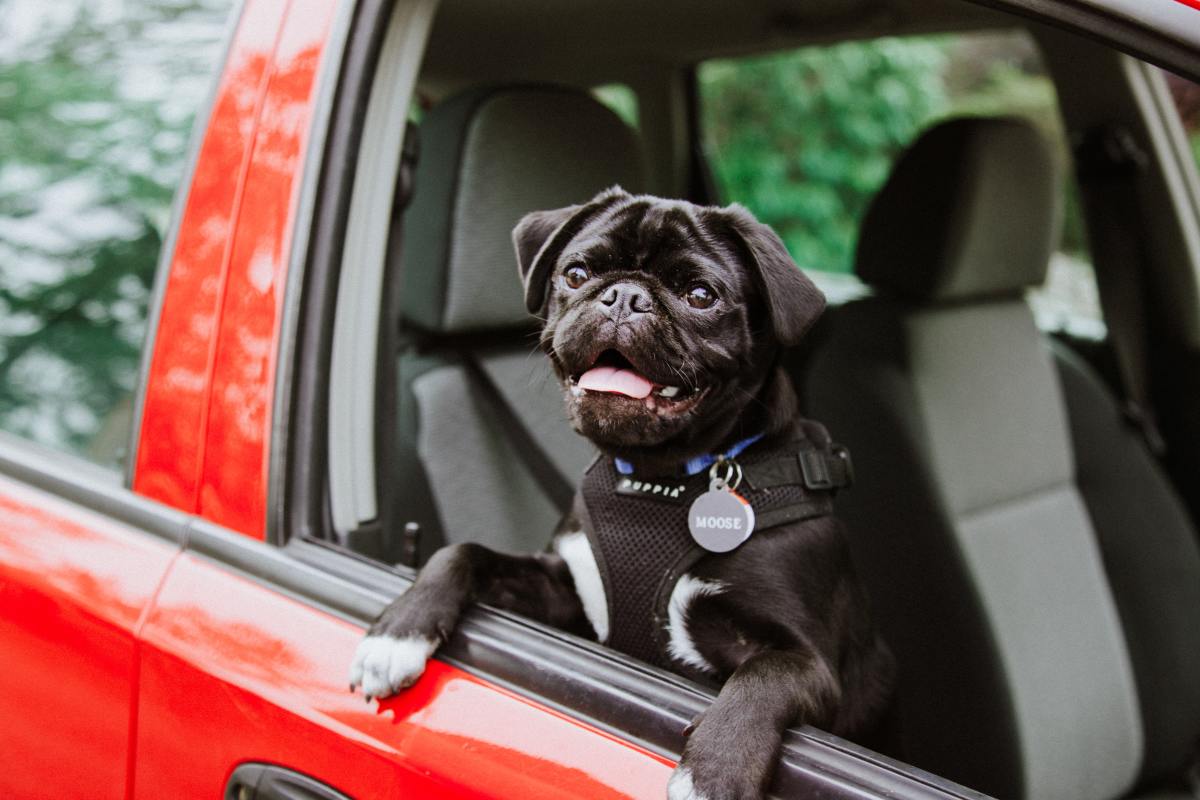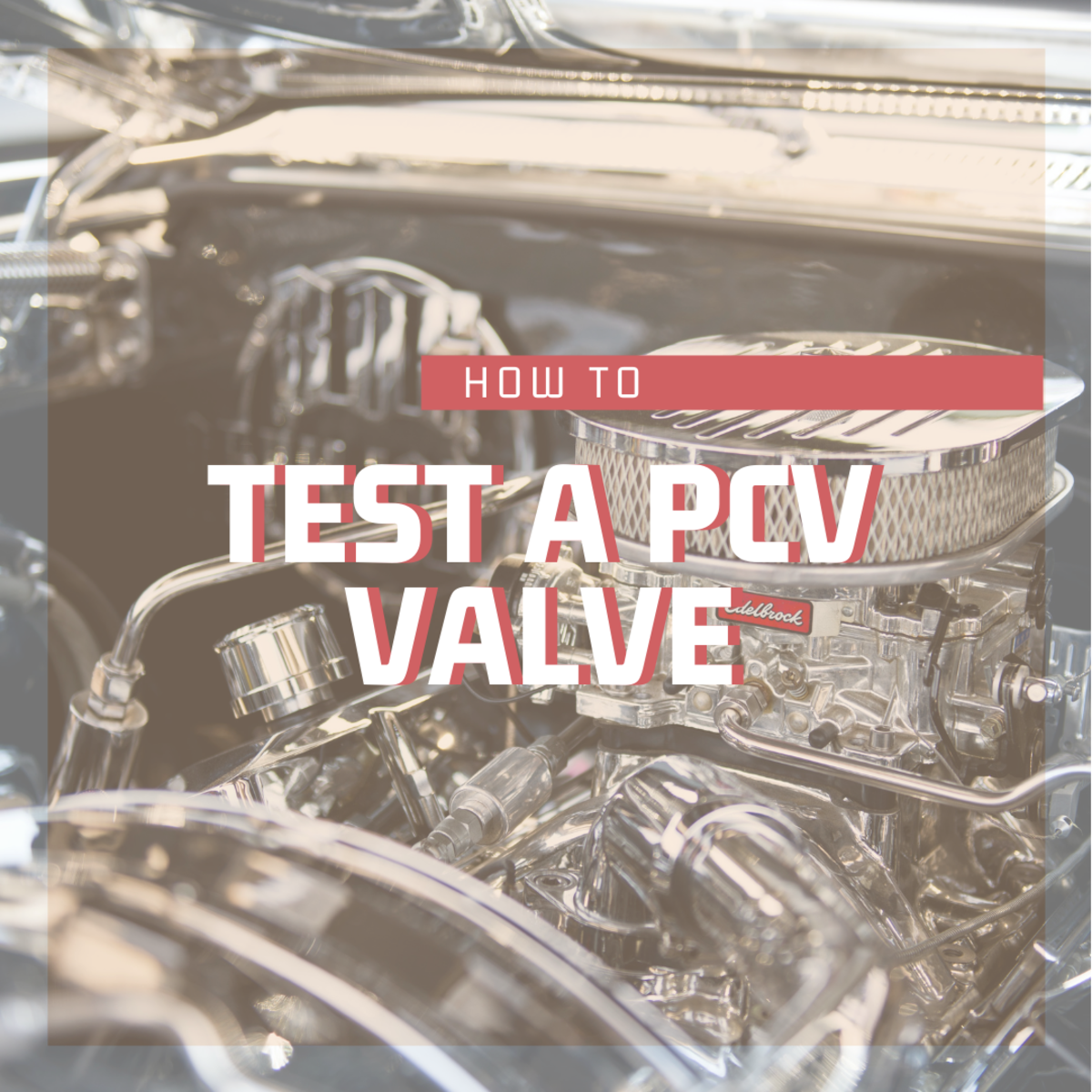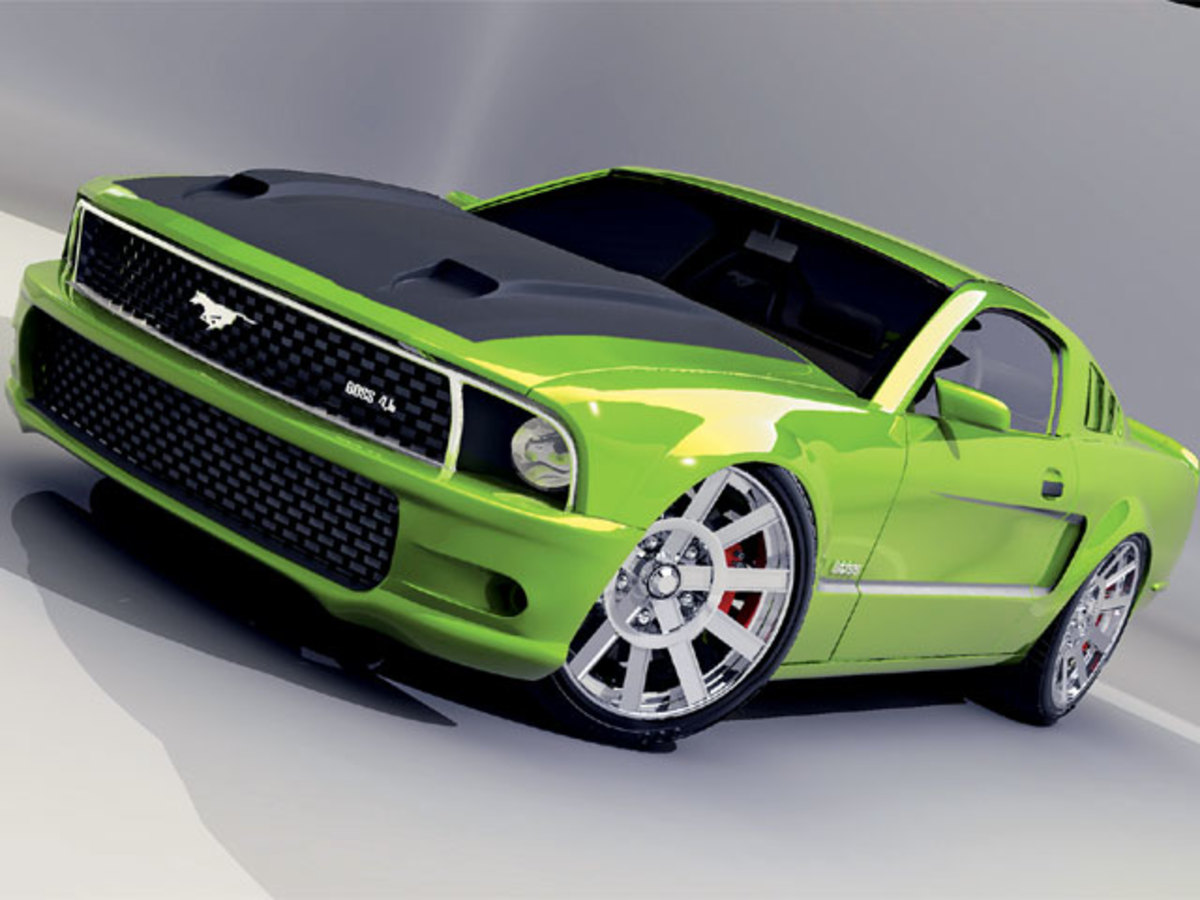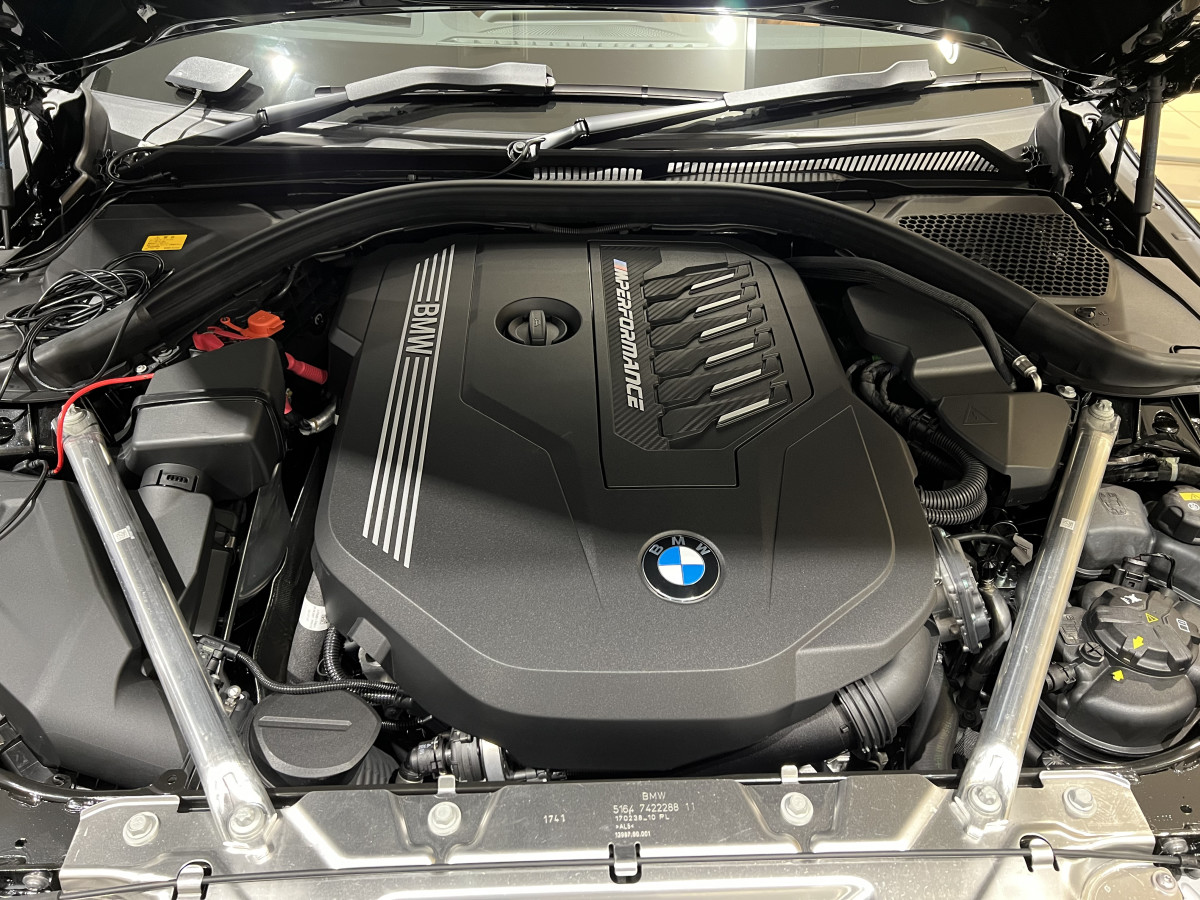8 Steps: The Stuck In The Snow Remedy
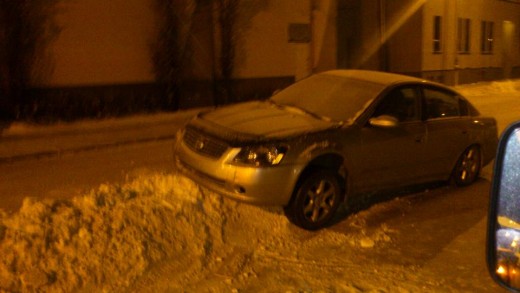
What I've Learned
Hey all, I'm about to bestow upon you some information on getting unstuck without esplodin your transmission. The best calls I had back in my towing days were stuck calls, and I rarely ever had to use my truck (Except for the really gifted individuals). So here is my quick guide for getting unstuck. This is geared towards AWD SUV’s and trucks, but it will work for front wheel/Rear wheel drive cars as well. This guide is not official, it’s just what I have noticed, nor is it for mud. Mud is a whole other can of worms!
The Attitude Of Being Free
The most important thing you can do is not to panic or get upset. Take a deep breath, assess your situation, and then think to yourself "I can get myself out". If you get frustrated, you can hurt your chances of getting out, or even worse, damage your car. Everyone gets stuck, it happens to all of us. I was stuck multiple times in a tow truck, that is a whole new level of humiliating.
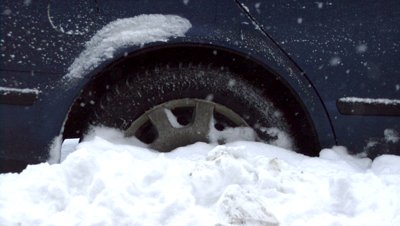
The Steps
1. Assess your stuckishness.
Don’t bother looking that word up. Put your car into drive and let off the brake. Did you lurch forward? Then you’re not stuck! You are only really truly stuck if you are high centered, that is, if the snow under your car is pushing up on the chassis, and not the wheels. If you lurch forward, it most likely means your wheels are firmly planted. If you can hear your tires spinning while in drive, it is a good sign that you are high centered.
2. Turn that traction control off!
We don’t need no computers to get unstuck, and they won’t help anyway. Look for a button that says TCS, ESP, LMNOP, I don’t know, they all have stupid names, never be afraid to consult your manual.
3. Turn on your 4 wheel lock/4 low.
Again, check your manual as you may not have either of these. It may be more complicated than Battletoads on the Super Nintendo to turn on, but it’ll help. Remember to turn it back to normal when you are free
>>Fun fact! Your SUV is most likely primarily front wheel drive. When you lose traction it shifts power to your rear wheels, when you hit the wheel lock button, it spreads it out 50/50 between your front and rear wheels. When you are cruising on the highway, you’re most likely 100% front wheel drive. (Does not apply to trucks)<<
4. Okay, let’s start the getting out.
DO NOT FLOOR IT! Don’t put it in drive, gun it, and then throw it in reverse and do the same. First, if you’ve been with, or been the one who has done this, you know the sound of grinding and skipping gears. Surprisingly, this is not good for your tranny. The second reason this is no good, is that it warms up your tires. Warm tires melt snow and eventually build neat little tire shaped ice bowls to cradle your wheels and keep you there a lot longer.
5. Find your path, grasshopper.
A lot of people will say to go in the way you came out, and if this is way shorter, or the only way then yes, go backwards. I find it easier, however, to drive forwards out. Why? One, if you’re driving an SUV or car, it’s easier for your front wheels to pull your car, rather than push where it may get stuck easier again. Two, you tend to feel more comfortable seeing exactly where you are going and most likely will go a little faster.
6. Rockin out!
I find that putting on Panama by Van Halen helps at this point. We need to build ourselves a runway. Put it in drive, and let off the brake. It’ll pull forward a little bit, how much depends on how stuck you are. Once you stop going forward on your own power, apply the brakes. Put it in reverse, release the brake and it’ll pull backwards. Do not apply the gas for either of these. Repeat the drive and reverse, and eventually the distance it goes forward and backward will increase. Remember to give it a couple seconds between shifting so you don’t grind the gears. Keep this up until you have about 3 car lengths of distance in the path you created. Now the fun part!
7. The Dale Junior!
One of the most important skills in driving is to look where you want to go. Look at your destination. Next, put your car in reverse, again with no gas, and roll back to the very back of the path you forged until you stop rolling. Then put it in drive, but don’t go just yet! Smooth transition is the name of the game. If you floor it now, all the progress you just made could be for nothing! Let off the brake and slowly press the gas. Get your speed up without spinning the tires. Now comes the tricky part, the end of the path. If you have traction control still on, this will probably bring you to a crunchy halt. Once you cross your forged path, you’re making a new one. No sharp turns, if you need to course correct, a gentle slight turn will do, keep applying the gas. Now is okay to floor it, as long as you have speed. If you start getting bogged down, STOP! When you get bogged, you start digging your holes again. You just have to start back at point 6 and do it again, but you made progress! The only bad thing is that your first run has warmed up your tires, so the less runs the better.
8. Freedom!
So you’re out. Don’t just drive away unless you are in a dangerous spot. Check all around your car and sit there for two or three minutes. Once you’ve calmed down drive ahead a bit and check where you were stopped for liquid on the ground, especially blackish/brown liquid. This is especially important for VW drivers (which commonly have overly brittle oil pans). The oil pan isn’t the sturdiest piece of equipment and could have been cracked, leaking your precious car blood all over the highway. And what happens when your body runs out of blood? That’s right! Your engine seizes and costs you a fortune! Okay, the car analogy doesn’t work all the time I see. If this has happened, you need to call a tow truck. Please be kind and tell the driver of your cracked oil pan, as it causes them significant grief seeing the wheel lift covered in oil thinking they have done it. (oil pan cracking is the most common damage claim for a tow company
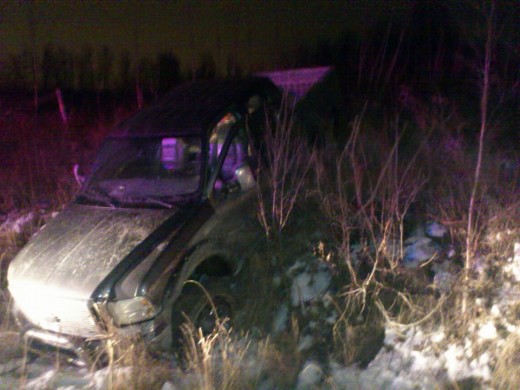
Alternative Freedom
There are exceptions and sometimes you can’t get free. There is no shame in calling a tow truck. Don’t let farmer Fred pull you out with his tow rope! You most likely have a roadside service that covers recovery, and their affiliated tow company has insurance. If farmer Fred rips off your bumper, pulls a brake line, and bends your axle, good luck seeing reimbursement. If you call your own towing company, make sure it’s a reputable one. If you live in and around Edmonton, Alberta companies like Cliffs, Kingsway, or Autorescue are a good bet. There are a lot of “independent” tow trucks out there with no insurance and no experience. Make sure to pay and get a receipt, because without this you may be as SOL as you were with farmer Fred. The difference between a reputable company and a gypsy farmer is the same difference as driving away from your incident, or taking the bus for the foreseeable future.
